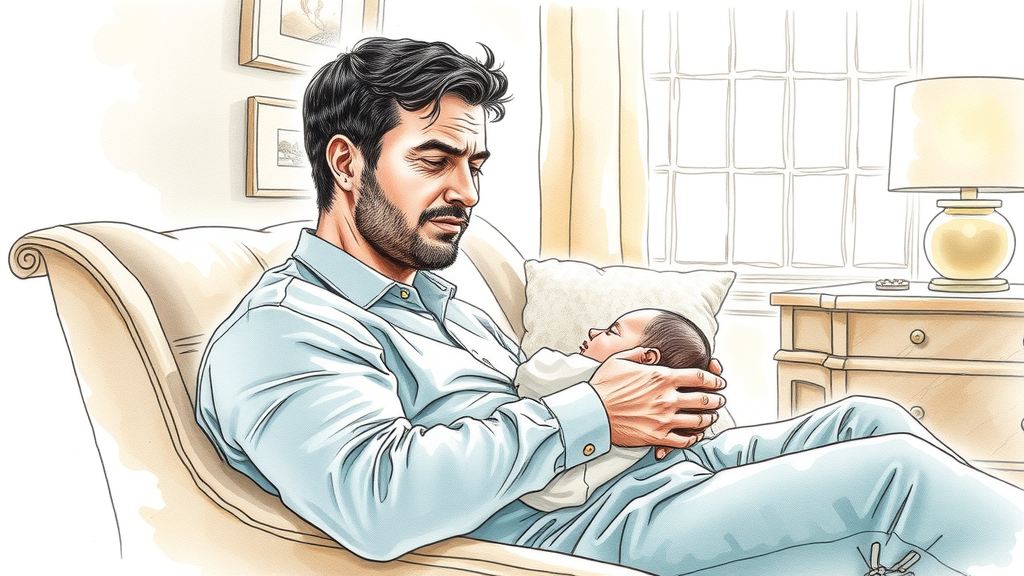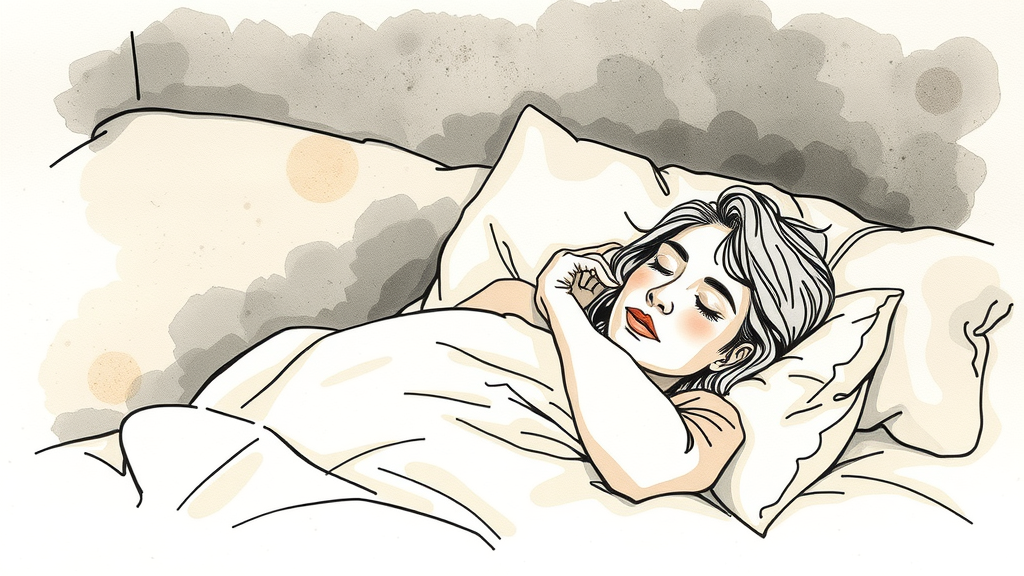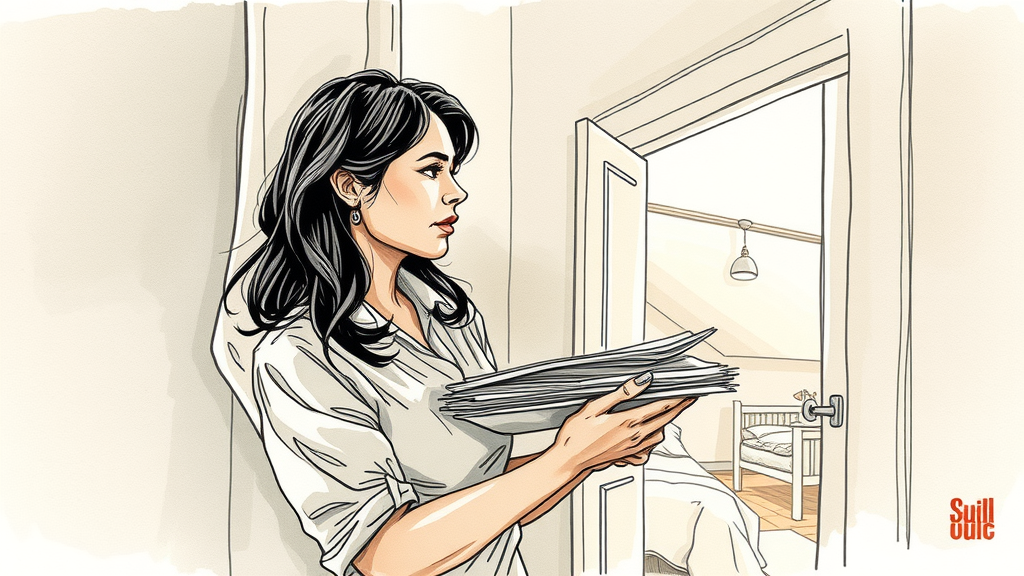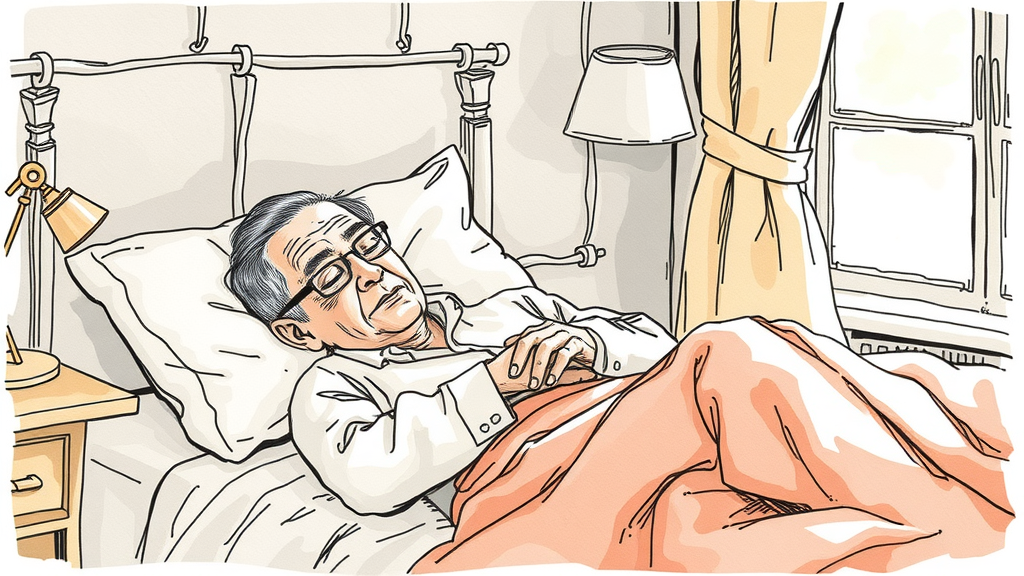· Don Schmidt · Guides · 12 min read
How Does CBT-I Work? Understanding This Powerful Sleep Therapy
Explore CBT-I, a highly effective, drug-free sleep treatment for insomnia. Understand its principles and how this sleep therapy can transform your nights.
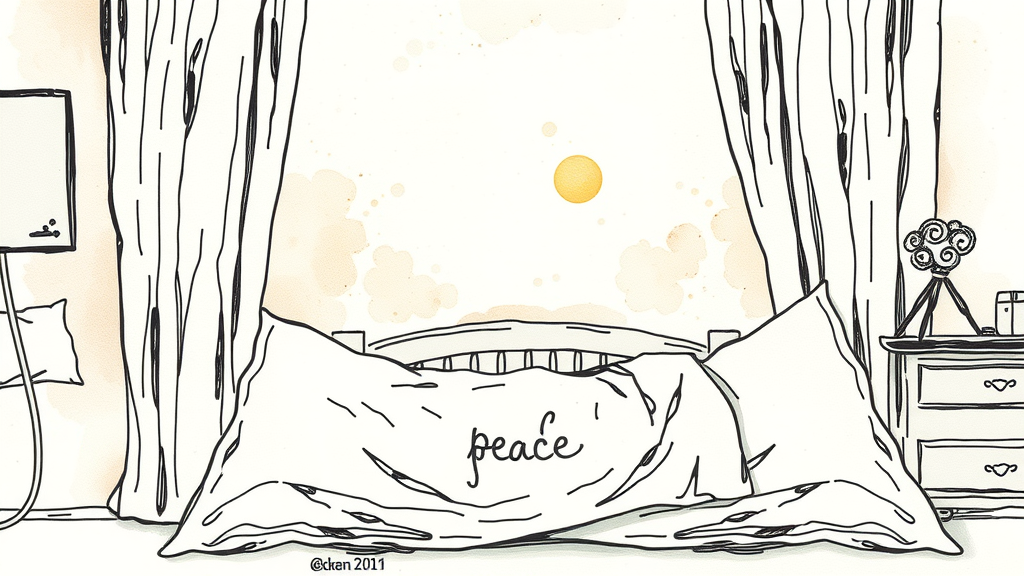
Unlocking Restful Nights: An Introduction to CBT-I
Insomnia isn’t just about missing a few hours of sleep; it’s a pervasive issue that can profoundly impact every aspect of your life, from mood and energy levels to cognitive function and overall health. For millions worldwide, the struggle to fall asleep, stay asleep, or achieve restorative rest is a nightly battle. While sleep medications offer a temporary reprieve for some, many seek a sustainable, long-term solution without the side effects or dependency concerns. This is where Cognitive Behavioral Therapy for Insomnia (CBT-I), a highly effective and evidence-based drug free sleep treatment, steps in.
CBT-I is more than just a set of tips; it’s a comprehensive sleep therapy program designed to address the underlying thoughts and behaviors that perpetuate insomnia. Unlike quick fixes, cbti empowers you with the skills to overcome chronic sleeplessness and reclaim your nights for good. This article will demystify cbti, explaining exactly how it works, what to expect from the process, and why it’s considered the gold standard in sleep therapy.
What Exactly is CBT-I? A Deeper Dive
At its core, CBT-I is a specialized form of cognitive behavioral therapy specifically tailored to treat insomnia. It operates on the understanding that poor sleep is often maintained by a complex interplay of negative thought patterns (cognitive) and maladaptive habits (behavioral). Instead of merely prescribing a pill, cbti tackles these root causes head-on, equipping individuals with sustainable strategies for better sleep.
The “cognitive” component of CBT-I focuses on identifying and challenging distorted or unhelpful thoughts and beliefs about sleep. For instance, someone with insomnia might believe they’ll never sleep well again, or that a single bad night will ruin their entire week. These thoughts can generate anxiety, making sleep even more elusive. CBT-I helps individuals reframe these thoughts, reduce sleep-related worry, and develop a more realistic and positive outlook on their sleep capabilities.
The “behavioral” component addresses actions and routines that interfere with sleep. This includes practices like spending too much time awake in bed, irregular sleep schedules, or engaging in stimulating activities close to bedtime. Through specific behavioral interventions, cbti aims to rebuild a strong, positive association with sleep and the sleep environment, ultimately re-regulating the body’s natural sleep-wake cycle. This holistic approach makes cbti a truly transformative sleep therapy.
The Core Pillars of CBT-I: How It Works From Within
CBT-I employs several key techniques, often used in combination, to target the specific factors contributing to an individual’s insomnia. These pillars collectively form the framework of this powerful drug free sleep treatment.
Cognitive Restructuring: Challenging Sleep-Sabotaging Thoughts
Our thoughts profoundly influence our emotions and behaviors, especially when it comes to sleep. Individuals with insomnia often develop a cycle of negative thoughts and worries surrounding sleep, such as “I’ll never fall asleep” or “I need 8 hours or I’ll be useless.” These thoughts can escalate anxiety, creating a vicious cycle where the fear of not sleeping becomes a primary barrier to sleep itself.
Cognitive restructuring in cbti teaches you to identify these unhelpful or irrational thoughts, examine the evidence for and against them, and then replace them with more balanced and realistic perspectives. For example, instead of “I’ll never fall asleep,” you might learn to think, “I might have trouble tonight, but I’ve slept before, and I will sleep again.” This process helps to reduce the emotional distress associated with sleep, making it easier for the mind to relax and drift off.
Behavioral Interventions: Reshaping Sleep Habits
This is where the practical application of sleep therapy principles comes into play, actively reshaping your relationship with sleep.
Stimulus Control (SCT)
SCT is designed to strengthen the mental association between your bed and sleep. For many with insomnia, the bed becomes associated with wakefulness, worry, and frustration. SCT involves strict rules:
- Only go to bed when sleepy.
- Use the bed only for sleep and sex (no reading, watching TV, eating, or working).
- If you can’t sleep after about 20 minutes, get out of bed and go to another room to do a quiet, non-stimulating activity until you feel sleepy, then return to bed.
- Maintain a consistent wake-up time every day, regardless of how much you slept the night before. This helps to regulate your internal clock.
Sleep Restriction (SRT)
Despite its name, sleep restriction does not mean depriving yourself of sleep. Instead, it temporarily limits the time you spend in bed to the actual amount of time you are sleeping. The goal is to create a mild state of sleep deprivation, which increases your “sleep drive” or natural urge to sleep. By consolidating sleep into a shorter window, you become a more efficient sleeper. As your sleep efficiency improves, the time spent in bed is gradually increased. This powerful technique helps to synchronize your internal body clock and build a strong drive for sleep.
Sleep Hygiene Education (SHE)
While not a standalone treatment for chronic insomnia, good sleep hygiene practices are essential foundational elements within cbti. This component educates individuals on healthy lifestyle habits and environmental factors that promote good sleep. This includes:
- Maintaining a consistent sleep schedule (even on weekends).
- Creating a dark, quiet, and cool sleep environment.
- Avoiding caffeine, nicotine, and alcohol, especially close to bedtime.
- Limiting naps or keeping them short and early in the day.
- Incorporating regular physical activity during the day.
- Avoiding large meals close to bedtime.
Relaxation Techniques (RT)
Many people with insomnia experience heightened physiological arousal (e.g., racing heart, tense muscles) at bedtime. Relaxation techniques help to counter this arousal, promoting a state conducive to sleep. Common techniques include:
- Progressive Muscle Relaxation (PMR): Tensing and relaxing different muscle groups throughout the body.
- Diaphragmatic (Belly) Breathing: Slow, deep breathing that activates the parasympathetic nervous system.
- Mindfulness Meditation: Focusing on the present moment, observing thoughts without judgment.
- Guided Imagery: Visualizing a peaceful scene to promote relaxation.
A Typical CBT-I Journey: What to Expect
Embarking on a cbti program is a structured process, typically involving 4 to 8 sessions with a trained therapist over several weeks. Here’s a general overview of what you can expect:
Initial Assessment and Goal Setting
Your journey begins with a thorough assessment. This often involves keeping a detailed sleep diary for one to two weeks to track your current sleep patterns, habits, and any related challenges. The therapist will also gather information about your medical history, lifestyle, and specific sleep goals. Based on this information, a personalized cbti treatment plan will be developed.
Weekly Sessions and Skill Building
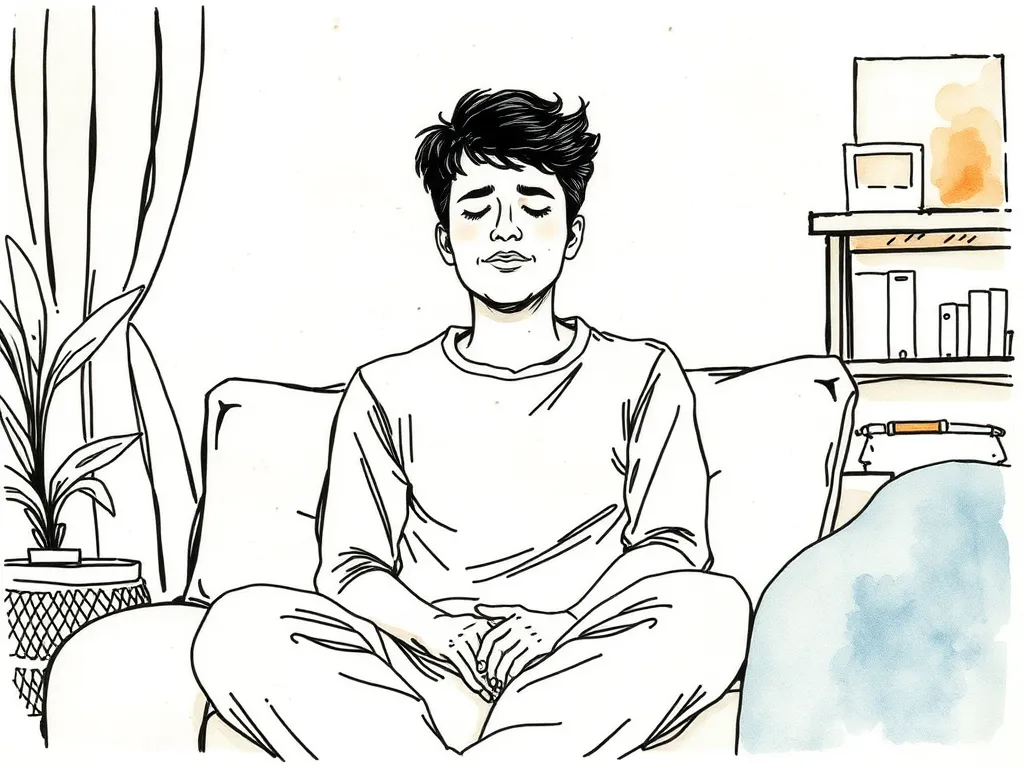
During weekly or bi-weekly sessions, your therapist will introduce you to the core principles and techniques of cbti. Each session typically focuses on one or two key components (e.g., stimulus control, cognitive restructuring). You’ll learn the rationale behind each technique and how to apply it. A crucial part of cbti is “homework,” where you practice these skills between sessions, meticulously tracking your progress in your sleep diary. This active participation is vital for the effectiveness of this sleep therapy.
Monitoring Progress and Adjusting Strategies
Your sleep diary will be a key tool throughout the process. It allows both you and your therapist to monitor the effectiveness of the interventions and identify areas that may need adjustment. As your sleep patterns begin to improve, your therapist will guide you in gradually modifying techniques like sleep restriction to expand your time in bed while maintaining sleep efficiency.
Maintaining Long-Term Sleep Health
The final phase of cbti focuses on relapse prevention and maintaining the gains you’ve made. You’ll learn strategies for managing occasional bad nights without reverting to old patterns and how to troubleshoot new sleep challenges should they arise. The goal is to empower you with the knowledge and skills to independently manage your sleep for the long term, cementing cbti as a truly sustainable drug free sleep treatment.
Why Choose CBT-I? The Benefits of a Drug-Free Approach
CBT-I has emerged as the most recommended treatment for chronic insomnia, often favored over medication due to its numerous advantages.
Lasting Results, Not Just Temporary Relief
One of the most significant benefits of cbti is its long-term effectiveness. While sleep medications can provide immediate, short-term relief, their benefits often wane once discontinued, leading to a return of insomnia. CBT-I, conversely, teaches you skills that fundamentally change your relationship with sleep, leading to sustained improvements even after the therapy concludes. Studies consistently show that the benefits of cbti often surpass those of medication over time.
No Side Effects or Dependency
As a drug free sleep treatment, cbti eliminates concerns about medication side effects such as morning grogginess, dizziness, memory problems, or the risk of dependency and withdrawal symptoms. This makes it a particularly appealing option for those seeking a natural and safe path to better sleep.
Addressing the Root Causes of Insomnia
Instead of merely masking symptoms, cbti delves into the cognitive and behavioral factors that fuel insomnia. By reshaping unhelpful thought patterns and maladaptive sleep habits, it provides a holistic solution that tackles the underlying mechanisms of sleep disruption. This comprehensive approach differentiates cbti from symptomatic treatments.
Empowers Individuals with Self-Management Skills
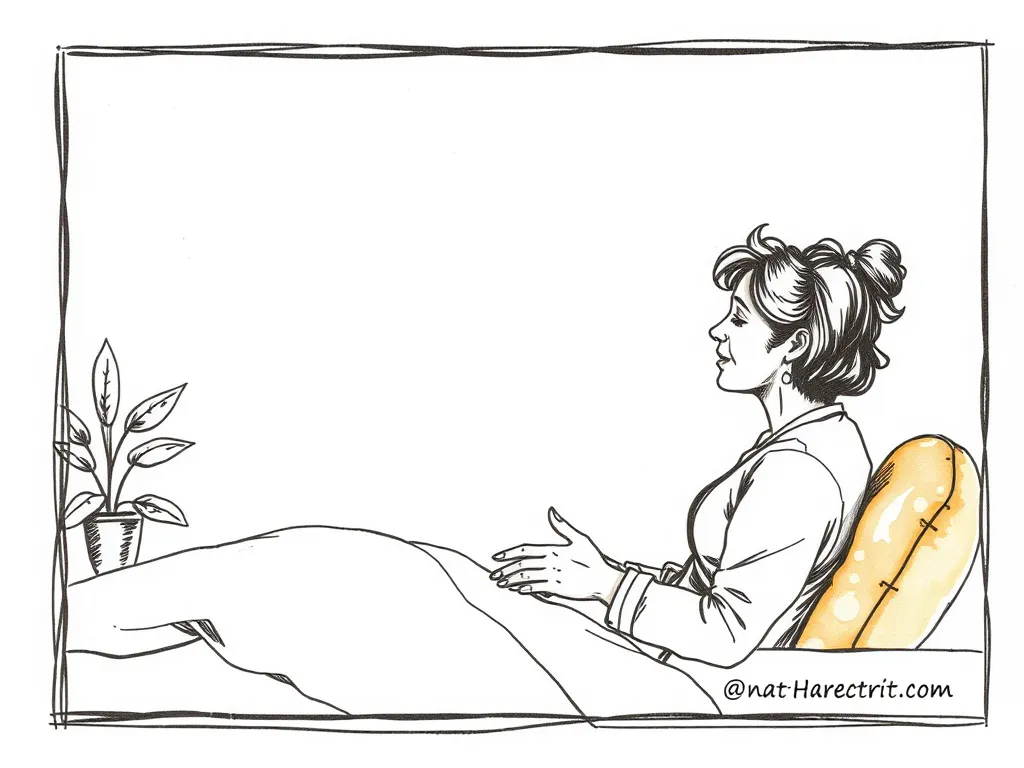
CBT-I is an active therapy, meaning you learn and apply techniques yourself. This empowers you with a sense of control and self-efficacy over your sleep. You gain a toolbox of strategies to manage future sleep disturbances, reducing reliance on external aids and fostering lasting confidence in your ability to sleep well.
Who Can Benefit from This Sleep Therapy?
While cbti is highly effective for most individuals suffering from chronic insomnia, its principles can be adapted to various populations and specific challenges:
- General Chronic Insomnia: It is the first-line treatment for adults experiencing persistent difficulty falling or staying asleep.
- Insomnia Co-occurring with Other Conditions:
CBT-Iis safe and effective even when insomnia co-occurs with other medical conditions (like chronic pain) or mental health issues (like depression, anxiety). For individuals whose insomnia is intertwined with anxiety, specialized CBTI sleep therapy for managing anxiety-induced insomnia can be incredibly effective. - Specific Demographics:
- New Parents: The fragmented sleep patterns of parenthood can be a major challenge. New mothers grappling with fragmented sleep can find tailored strategies through CBTI to adapt and reclaim restorative rest.
- Older Adults: Older adults often face unique sleep challenges, including changes in sleep architecture.
CBT-Ioffers a gentle, effective approach for seniors to improve their sleep quality without additional medications. - Shift Workers: Those with irregular schedules, like shift workers, can benefit from adapting CBTI principles to their unique circumstances, helping them navigate sleep in challenging environments.
- Caregivers: The intense demands on caregivers often lead to sleep deprivation;
CBT-Ican provide crucial support by teaching them strategies to prioritize and protect their limited sleep opportunities.
- Those Seeking a Drug-Free Solution: For anyone wary of sleep medications or experiencing their side effects,
cbtiprovides a compelling drug free sleep treatment alternative.
Finding a Qualified CBT-I Therapist
Given the specific nature of cbti, it’s crucial to seek out a therapist who is specifically trained and experienced in delivering this form of sleep therapy. Look for professionals such as psychologists, psychiatrists, or other licensed mental health providers who have specialized training in behavioral sleep medicine or cbti. Many organizations offer directories of certified cbti providers. Options often include in-person sessions, telehealth (online therapy), or even guided digital cbti programs, which can be a convenient and effective starting point for some.
Conclusion: Embracing a Future of Restful Sleep with CBT-I
Insomnia does not have to be a life sentence. Cognitive Behavioral Therapy for Insomnia (CBT-I) stands as a testament to the power of understanding and reshaping our minds and habits to achieve profound, lasting change. As a proven drug free sleep treatment, cbti offers a comprehensive, empowering path to overcoming chronic sleeplessness. By addressing the root causes of insomnia rather than just its symptoms, this powerful sleep therapy equips you with the skills and confidence to reclaim restful nights, improve your overall well-being, and look forward to waking up refreshed. If you’ve been struggling with insomnia, exploring cbti could be the most important step you take towards a future of consistent, restorative sleep.
Frequently Asked Questions About CBT-I
Is CBT-I effective immediately?
No, cbti is not a quick fix. While some individuals may notice improvements within the first few weeks, significant and lasting changes typically take several weeks of consistent effort and practice. The therapy requires commitment and patience, but the long-term benefits are well worth it.
How long does a CBT-I program typically last?
A standard cbti program usually consists of 4 to 8 structured sessions with a therapist, generally conducted weekly or bi-weekly. However, the duration can vary depending on individual needs and the severity of the insomnia.
Can I do CBT-I on my own, or do I need a therapist?
While self-help cbti books and apps exist and can be beneficial for those with mild insomnia or as a supplement to therapy, the most effective approach for chronic insomnia is typically working with a qualified cbti therapist. A therapist provides personalized guidance, accountability, and the ability to tailor strategies to your specific challenges.
Is CBT-I covered by insurance?
Coverage for cbti varies by insurance provider and plan. Many insurance companies do cover behavioral health services, including cbti, but it’s essential to check with your specific provider regarding your benefits, deductibles, and any referral requirements.
What’s the difference between CBT-I and regular CBT?
Cognitive Behavioral Therapy (CBT) is a broad therapeutic approach used for various mental health conditions. CBT-I is a specialized form of CBT specifically adapted and designed to treat insomnia. While it shares core principles with general CBT (like cognitive restructuring and behavioral techniques), its focus, strategies, and application are highly tailored to sleep-related thoughts, behaviors, and physiology.
Assess Your Sleep Quality Today
Take our My Sleep Health Score assessment to get personalized insights about your sleep patterns and discover how CBT-I can help you achieve better sleep.

Don Schmidt
15+ years of experience in sleep therapy and Cognitive Behavioral Therapy for Insomnia (CBT-I). Passionate about connecting individuals struggling with sleep disorders to evidence-based, non-medical treatment solutions. Author of hundreds of articles and comprehensive guides on sleep health, CBT-I techniques, and overcoming insomnia. When not helping clients achieve better sleep, you can find me hiking with my family and dogs or enjoying a good book.
Ready to connect with a provider?
Allow us to connect you with a provider who can help.
